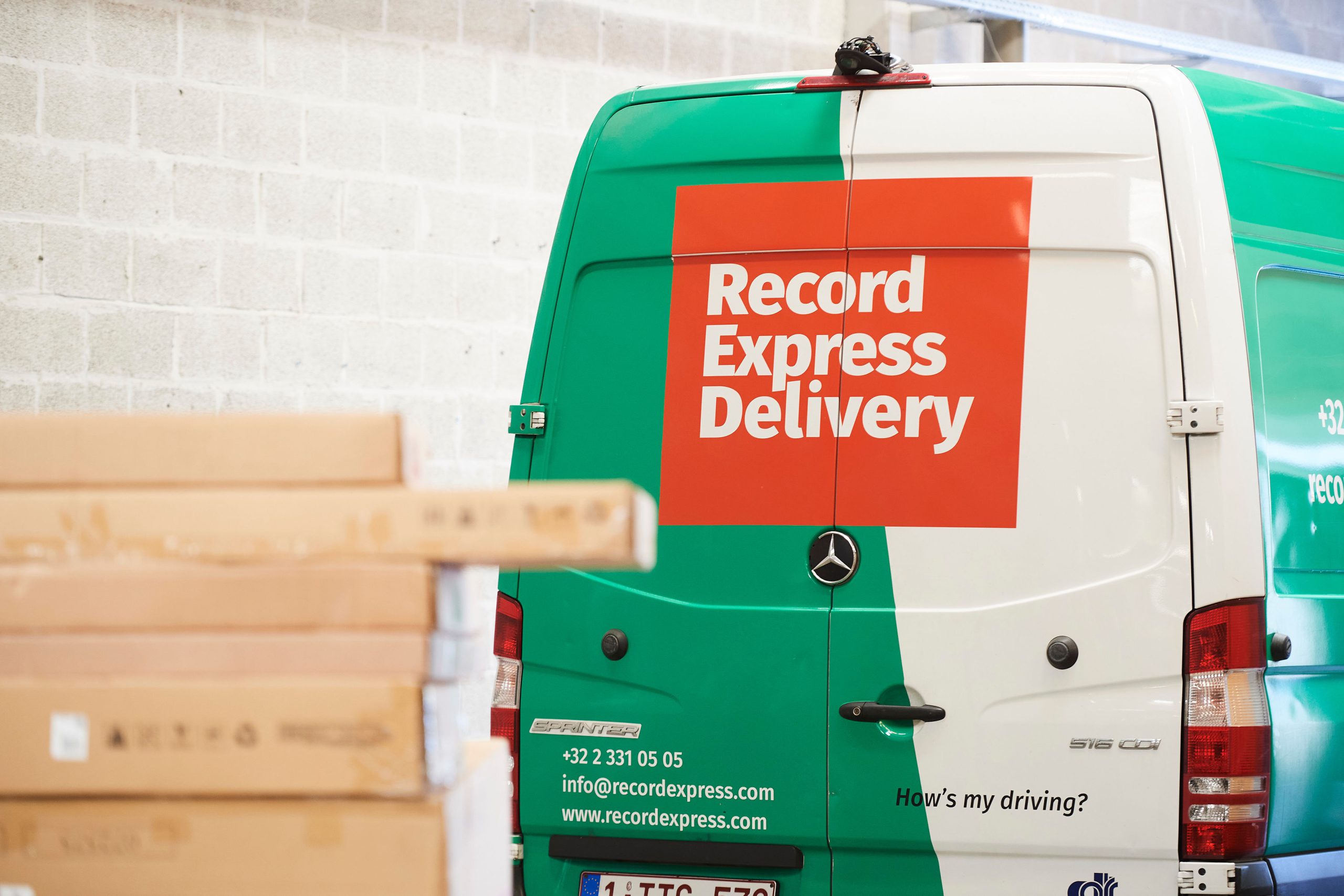Specialised Logistics for Fragile Goods
Specialised logistics for fragile goods ensures delicate and high-value items—such as glassware, electronics, medical devices, and artworks—are transported safely SEND PARCELHome / E-commerce logistics / Specialised Logistics for Fragile Goods

Specialised Logistics for Fragile Goods
TL;DR: Specialised logistics for fragile goods ensures delicate and high-value items—such as glassware, electronics, medical devices, and artworks—are transported safely. It involves reinforced packaging, careful handling, secure carriers, and compliance with international standards. In Belgium and across the EU, fragile goods logistics reduces damage risk, protects brand reputation, and ensures compliance with safety and insurance requirements.
What is fragile goods logistics?
Fragile goods logistics is the transport and handling of delicate items that require extra protection against shocks, vibrations, and environmental conditions (European Commission). Unlike standard delivery, it includes customised packaging, dedicated handling, and specialised carriers.
- Extra-secure packaging such as foam inserts or double boxing
- Handling procedures to minimise risk of breakage
- Specialised vehicles with suspension or climate control
- Tracking and proof-of-condition tools
- Insurance coverage for high-value shipments
Takeaway: Fragile goods logistics focuses on preventing damage and ensuring goods arrive in perfect condition.
Why do fragile goods need special logistics?
Fragile items need specialised logistics because standard shipping increases the risk of damage, financial loss, and customer dissatisfaction (UNCTAD).
- Delicate items like glass or ceramics break easily in transit
- Electronics are sensitive to shocks and moisture
- Medical and scientific equipment require calibration protection
- Artwork and antiques carry cultural and financial value
- Standard packaging and carriers may not meet safety standards
Takeaway: Fragile goods logistics protects both financial value and brand reputation.
What techniques are used for fragile goods delivery?
Logistics providers use advanced packaging, handling, and transport techniques to safeguard delicate shipments (ISO).
- Shock-absorbing packaging such as foam or air cushions
- Fragile labelling and barcode scanning for extra care
- Temperature and humidity control for sensitive items
- Dedicated fragile goods handlers trained in safety procedures
- Vibration-resistant transport vehicles
Takeaway: Specialised techniques minimise the risks associated with fragile goods logistics.
What role does packaging play in fragile logistics?
Packaging is the most important factor in protecting fragile shipments, acting as the first line of defence (OECD).
- Double-boxing with cushioning layers
- Custom foam inserts for precision fit
- Anti-static packaging for electronics
- Moisture-resistant and climate-controlled materials
- Compliance with international packaging standards (e.g., ISTA)
Improper packaging is the leading cause of damage in fragile logistics, highlighting its importance in the supply chain.
Takeaway: Robust packaging is non-negotiable when transporting fragile goods.
What challenges exist in fragile goods logistics?
Challenges include cost, compliance, and coordination across multiple carriers (UNCTAD).
- Higher costs for packaging and specialised vehicles
- Regulations for transporting sensitive or high-value goods
- Insurance requirements for delicate shipments
- Coordination between international and local carriers
- Customer expectations for flawless delivery
These challenges require logistics providers to invest in training, technology, and infrastructure for fragile items.
Takeaway: Fragile logistics requires investment and expertise but pays off in reduced claims and improved customer trust.
How does technology support fragile goods logistics?
Technology improves fragile goods logistics by providing visibility, monitoring, and risk management tools (IBM).
- IoT sensors track temperature, humidity, and vibration
- GPS tracking ensures real-time location monitoring
- Digital proof-of-condition at pick-up and delivery
- AI analytics predict risks based on shipment history
- Blockchain ensures authenticity and traceability
Takeaway: Technology enables fragile logistics providers to guarantee safer and more transparent delivery processes.
How Record Express delivers fragile goods in Belgium
Record Express offers specialised logistics solutions for fragile goods, ensuring safe delivery across Belgium and the EU.
- Custom packaging and reinforced protection for delicate items
- Dedicated handlers trained for fragile goods
- Secure transport vehicles with climate and vibration control
- Insurance coverage for high-value shipments
- Coverage across Brussels, Antwerp, Ghent, and national networks
By combining packaging expertise, trained staff, and technology, Record Express ensures that fragile goods arrive in perfect condition every time.
🔗 Related reading:
- White Glove Delivery: What It Is & When to Use It
- Large Item & Furniture Courier Services
- Logistics Compliance: Laws & Standards
- Technology in Logistics
- Reverse Logistics Explained
FAQs
1. What types of goods need fragile logistics?
Items such as glass, ceramics, electronics, artworks, antiques, and sensitive medical equipment.
2. How does packaging protect fragile goods?
By using cushioning, double-boxing, foam inserts, and moisture-resistant materials to absorb shocks and prevent damage.
3. Is fragile logistics more expensive?
Yes—special packaging, trained handlers, and dedicated carriers increase costs but reduce the risk of loss.
4. Can fragile goods be shipped internationally?
Yes—with appropriate packaging, compliance, and insurance, fragile items can be shipped worldwide.
5. Does Record Express handle fragile shipments?
Yes—Record Express provides secure, specialist fragile goods logistics across Belgium and the EU.
Sources

Record Express was awarded a 59/100 score by EcoVadis, the global leader in sustainability ratings.